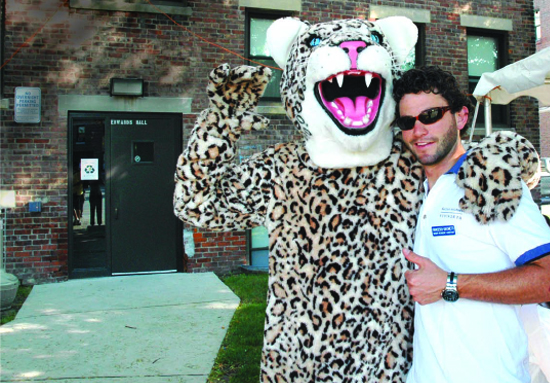I flew from my hometown in Ecuador on a hot day in late August. It seems that in New England it’s especially hot when you have to move. I was in Manchester, N.H., picking up everything I had left in a storage room for the summer after I decided to transfer to Wentworth. The car was packed, and I was ready to go. I hopped in the driver’s seat, turned the car on, and thought, “I don’t know where Wentworth is, but hey, I am an engineer, I should be able to figure it out.”
I knew that Boston was south of Manchester, so I followed 93 South, and after one or two wrong turns, I was parked on Evans Way and moving into Triple 5.
I came to realize that this way of looking at a problem is common at Wentworth. When presented with an issue, we stop, analyze it, break it down into smaller issues, and resolve it. Wentworth students have a desire for knowledge and understanding, and professors at Wentworth understand our analytical personalities and help us build upon them.
As a student, I was involved in many clubs, worked in the Office of Admissions, and was a resident assistant. These positions gave me the opportunity to learn skills that cannot be taught in a classroom, like taking on responsibility through leadership and interacting with individuals on and off campus.
In class we gained technical and theoretical knowledge, analytical skills, and critical thinking, but most important, we were taught how to learn. The labs are like a playground where you get to have fun with machines and tools in order to reinforce and visualize all the concepts learned in class.
When I first applied to Wentworth, all I knew was that I wanted to be an engineer. I had only visited to tour the campus, but as soon as I saw all the labs I knew that I wanted to attend. Once I experienced the perfect combination— learning design theory in class and applying it with extensive hands-on practice in the labs— I finally understood how to be an engineer.
Only another engineer can understand the thrill of being able to derive the equation of motion of a 15 Kg mass attached to a spring with a K of 35 N/m, neglect air friction. However, the value of a Wentworth education does not lie solely in equations and formulas. Its value also lies in the fact that when presented with a challenge, no matter what it is, we can figure it out.

